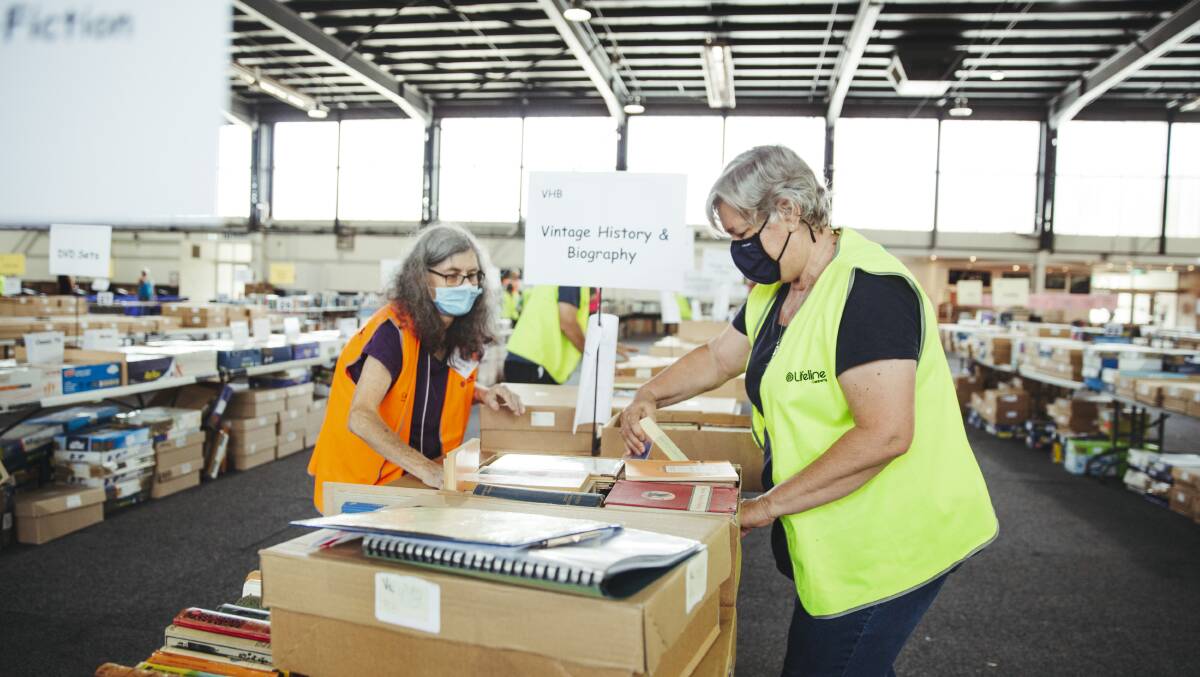
The federal government has committed $52.3 million in funding over four years to Lifeline, and says the money will meet growing demand for services, build on infrastructure and responsiveness and boost innovation in crisis response, surge capacity and models of care.
Subscribe now for unlimited access.
$0/
(min cost $0)
or signup to continue reading
An extension of annual funding of $15.5 million announced in the 2018-2019 budget will bring the total support to $114.2 million over the next four years.
Prime Minister Scott Morrison said in a statement that the extra money would ensure Lifeline could take "an extra 176,000 calls or texts from Australians, or an extra 3900 every day".
"By 2026, this will grow to an extra one million calls or texts from Australians every year," Mr Morrison said.
He said the extreme circumstances of recent years, including natural disasters and the coronavirus pandemic, had emphasised Lifeline's crucial role in mental health support.
"Lifeline is lifesaving, and that's why our investment is so important," Mr Morrison said.
The organisation has seen an average of 3446 calls per day in 2022, with 225,551 calls made across all states and territories thus far.
All of the organisation's busiest days were recorded in the 2022 financial year, with the highest daily call volume on record 3726 calls on January 1, 2022. This overtook the previous record of 3641 calls on September 7, 2021.
READ MORE:
Crisis levels have also increased, Lifeline reported, with suicide-related calls up 50 per cent in the 2022 financial year.
Minister for Health and Aged Care Greg Hunt said Lifeline's services have "helped to save lives and protect lives".
"Lifeline is Australia's largest provider of suicide prevention services, which has been supporting Australians experiencing emotional distress for almost 60 years," he said.
"Any member of the community can pick up the phone, send a text or go online and receive assistance from Lifeline. Their support has helped to save lives and to protect lives."
The money will go towards goals including helping to reach a split of 70 per cent volunteer hours, 30 per cent paid hours across all platforms.
An improved rapid response system for surge management will also be developed and implemented, to meet peaks in demand such as natural disasters as they occur.
The organisation will also work to improve remote support capabilities, to "future proof" in the case of potential lockdowns, as well as expand their volunteer base into more regions and remote areas.
NSW saw the highest number of calls to the support service in 2021, at 343,382, followed by Victoria at 288,489 and Queensland, which recorded 170,455 calls.
Our journalists work hard to provide local, up-to-date news to the community. This is how you can continue to access our trusted content:
- Bookmark canberratimes.com.au
- Download our app
- Make sure you are signed up for our breaking and regular headlines newsletters
- Follow us on Twitter
- Follow us on Instagram


